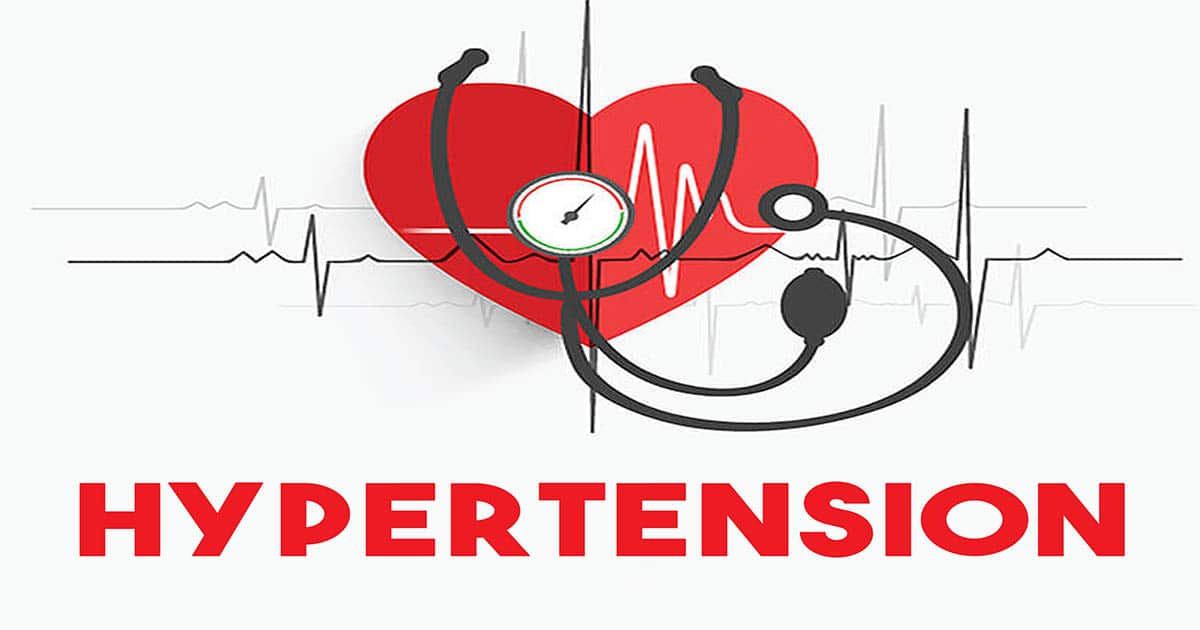Exercise and physical activity are integral parts of staying fit and healthy, and have become key components in managing asthma symptoms. But sometimes practicing or being physically dynamic can aggravate existing episodes – this is known as Exercise-induced asthma or exercise-induced bronchoconstriction, respectively; both terms are frequently used.
Exercise-induced asthma is usually easily manageable and should be an integral component of any asthma management strategy. Regular physical activity will have profound benefits on overall wellbeing and prosperity.
Exercise at your own leisure and at any frequency that suits you. If asthma manifestations arise during exercise, speak to your PCP or respiratory specialist immediately.
Individuals living with asthma must have the opportunity to participate in any sport or exercise activity they wish.
Asthma can be managed effectively for many people to exercise to their highest capacity, with top athletes like David Beckham (soccer player) and Tex Walker (AFL player). These elite competitors often compete at international or public level competition while managing their condition well; top competitors with asthma such as these include top competitors.
Exercise-Incited Asthma
Exercise-induced asthma At rest, when breathing through your nose will usually warm and moisten the air entering your lungs, warming and moistening it as it travels into them. But during exercise and physical activity, inhalation from mouth-breathers often increases, sending cold and dry air straight to the lungs which aggravates airways; this cold and dry air could trigger muscles around these routes to tighten, increasing chances of an asthma flare-up.
Windedness during and following physical activity is common, however if physical activity continues to cause symptoms without relief after rest, this could indicate exercise-induced asthma.



